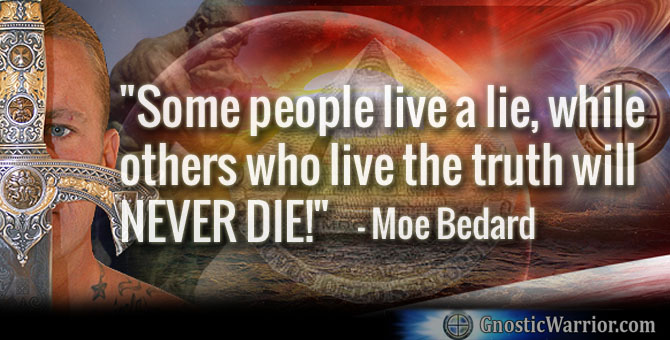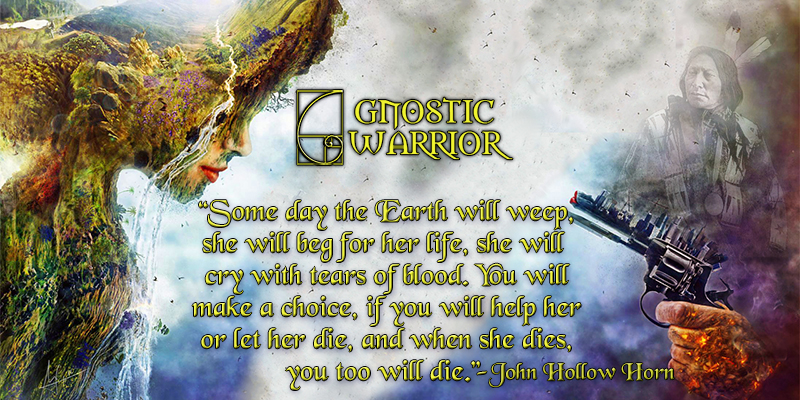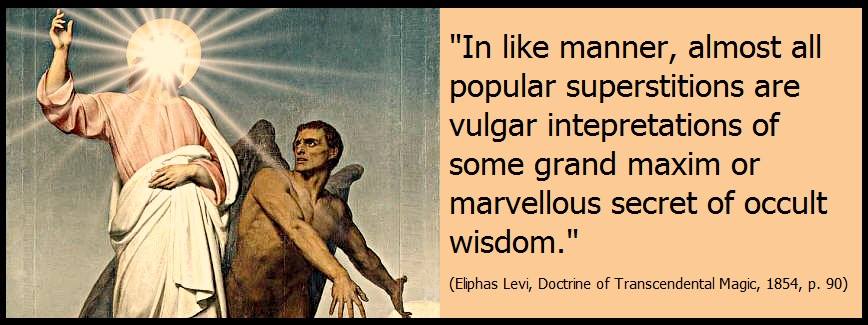Page 266
thia-Lucina she is Juno’s daughter. But Juno, devoured by Kronos or Saturn, and restored back to life by the Oceanid Metis, is also known as the Earth. Saturn, as the evolution of Time, swallows the earth in one of the ante-historical cataclysms, and it is only when Metis (the waters) by retreating in her many beds, frees the continent, that Juno is said to be restored to her first shape. The idea is expressed in the 9th and 10th verses of the first chapter of Genesis. In the frequent matrimonial quarrels between Juno and Jupiter, Diana is always represented as turning her back on her mother and smiling upon her father, though she chides him for his numerous frolics. The Thessalian magicians are said to have been obliged, during such eclipses, to draw her attention to the earth by the power of their spells and incantations, and the Babylonian astrologers and magi never desisted in their spells until they brought about a reconciliation between the irritated couple, after which Juno “radiantly smiled on the bright goddess” Diana, who, encircling her brow with her crescent, returned to her hunting-place in the mountains.
It seems to us that the fable illustrates the different phases of the moon. We, the inhabitants of the earth, never see but one-half of our bright satellite, who thus turns her back to her mother Juno. The sun, the moon, and the earth are constantly changing positions with relation to each other. With the new moon there is constantly a change of weather; and sometimes the wind and storms may well suggest a quarrel between the sun and earth, especially when the former is concealed by grumbling thunder-clouds.
Furthermore, the new moon, when her dark side is turned toward us, is invisible; and it is only after a reconciliation between the sun and the earth, that a bright crescent becomes visible on the side nearest to the sun, though this time Luna is not illuminated by sunlight directly received, but by sunlight reflected from the earth to the moon, and by her reflected back to us. Hence, the Chaldean astrologers and the magicians of Thessaly, who probably watched and determined as accurately as a Babinet the course of the celestial bodies, were said by their enchantments to force the moon to descend on earth, i.e., to show her crescent, which she could do but after receiving the “radiant smile” from her mother-earth, who put it on after the conjugal reconciliation. Diana-Luna, having adorned her head with her crescent, returns back to hunt in her mountains.
As to calling in question the intrinsic knowledge of the ancients on the ground of their “superstitious deductions from natural phenomena,” it is as appropriate as it would be if, five hundred years hence, our descendants should regard the pupils of Professor Balfour Stewart as ancient ignoramuses, and himself a shallow philosopher. If modern science, in the person of this gentleman, can condescend to make experi-
Page 267
ments to determine whether the appearance of the spots on the sun’s surface is in any way connected with the potato disease, and finds it is; and that, moreover, “the earth is very seriously affected by what takes place in the sun,” why should the ancient astrologers be held up as either fools or arrant knaves? There is the same relation between natural and judicial or judiciary astrology, as between physiology and psychology, the physical and the moral. If in later centuries these sciences were degraded into charlatanry by some money-making impostors, is it just to extend the accusation to those mighty men of old who, by their persevering studies and holy lives, bestowed an immortal name upon Chaldea and Babylonia? Surely those who are now found to have made correct astronomical observations ranging back to “within 100 years from the flood,” from the top observatory of the “cloud-encompassed Bel,” as Prof. Draper has it, can hardly be considered impostors. If their mode of impressing upon the popular minds the great astronomical truths differed from the “system of education” of our present century and appears ridiculous to some, the question still remains unanswered: which of the two systems was the best? With them science went hand in hand with religion, and the idea of God was inseparable from that of his works. And while in the present century there is not one person out of ten thousand who knows, if he ever knew the fact at all, that the planet Uranus is next to Saturn, and revolves about the sun in eighty-four years; and that Saturn is next to Jupiter, and takes twenty-nine and a half years to make one complete revolution in its orbit; while Jupiter performs his revolution in twelve years; the uneducated masses of Babylon and Greece, having impressed on their minds that Uranus was the father of Saturn, and Saturn that of Jupiter, considering them furthermore deities as well as all their satellites and attendants, we may perhaps infer from it, that while Europeans only discovered Uranus in 1781, a curious coincidence is to be noticed in the above myths.

Moe is the founder of GnosticWarrior.com. He is a father, husband, author, martial arts black belt, and an expert in Gnosticism, the occult, and esotericism.

![How one in the province of the Northumbrians, rose from the dead, and related many things which he had seen, some to be greatly dreaded and some to be desired [Circ. 696 A.D.] | Book 5 | Chapter 11 How one in the province of the Northumbrians, rose from the dead, and related many things which he had seen, some to be greatly dreaded and some to be desired [Circ. 696 A.D.] | Book 5 | Chapter 11](https://www.gnosticwarrior.com/wp-content/plugins/contextual-related-posts/default.png)




